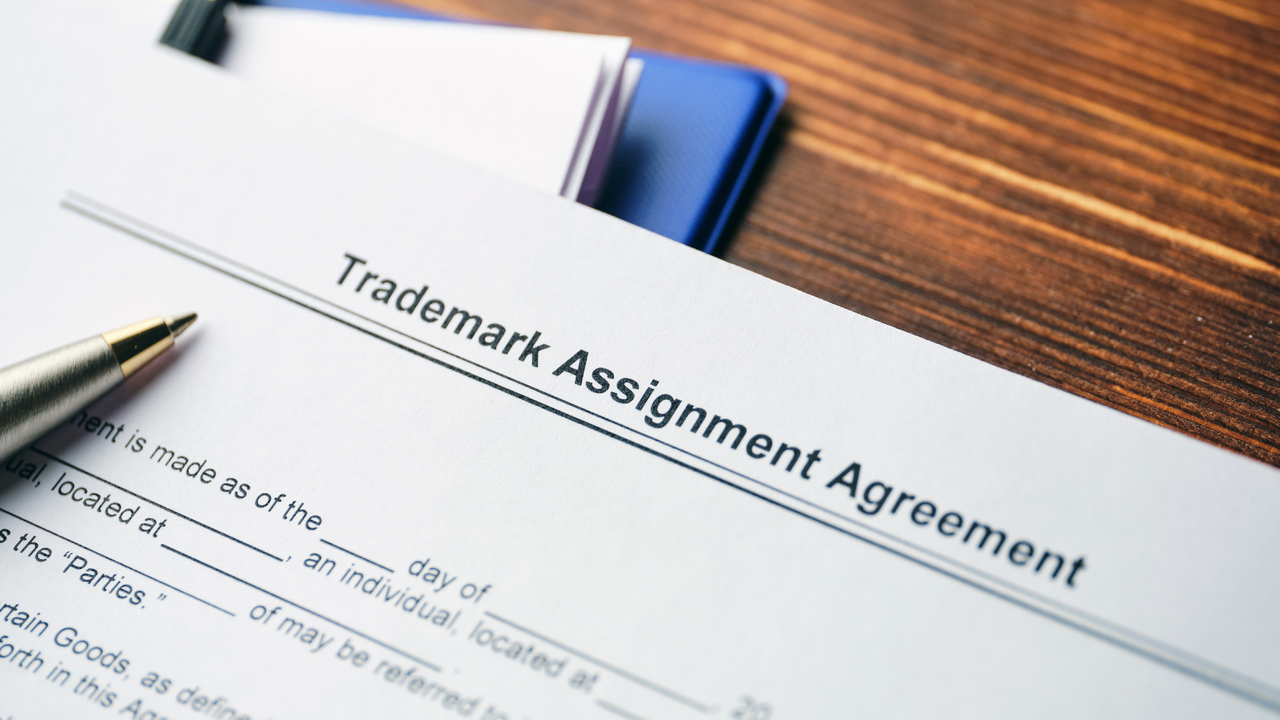Selecting a Unique Trademark
Securing a trademark begins with finding a unique one. The trademark you choose should be distinctive and not confuse customers with other existing brands. It can be a word, phrase, logo, or a combination of these elements, that identifies and distinguishes your brand from others. Avoid generic and descriptive terms, as they are not easily protected. Also, ensure the trademark is not offensive or misleading in any way.
The United States Patent and Trademark Office (USPTO) website has a free search tool called TESS (Trademark Electronic Search System) that you can use to check if your proposed trademark is already in use. If it is, you may need to go back to the drawing board and come up with something unique.
Understanding the Trademark Application Process
The trademark application process can be quite complex. It begins with submitting an online application to the USPTO. This application will require you to provide details about your brand and the products or services it represents. You'll also need to categorize your trademark based on the international class of goods and services it falls under. This step is important because it determines the scope of your trademark protection.
Once the application is submitted, it's reviewed by a USPTO examining attorney. If there are any issues, the examining attorney will issue an office action that you'll need to respond to. If there are no issues, your trademark will be published for opposition. If no one opposes it, your trademark will be registered. This process can take several months to over a year, so patience is key.
Preparing a Trademark Specimen
A crucial part of your trademark application is the specimen. This is basically a real-world example of how you are using your trademark in commerce. If you're selling products, this could be a photo of your product packaging with the trademark clearly visible. If you're offering services, it could be a screenshot of your website where the services are being advertised under the trademark.
Remember, the specimen must show the trademark as it's being used in the ordinary course of trade. Mock-ups or digitally altered images won't cut it. The USPTO wants to see that you're actually using the trademark to identify your goods or services in the marketplace.
Filing the Trademark Application
Filing the trademark application is a meticulous process. It requires accuracy and attention to detail. You'll need to fill out an application form that includes key information like your name, address, and citizenship, as well as details about your trademark and the goods or services it's connected to. You'll also need to provide a clear image of your trademark and a specimen showing your trademark in use.
Once you've filled out the application, you can submit it online through the USPTO's Trademark Electronic Application System (TEAS). Along with the application, you'll need to pay a filing fee, which can range from $225 to $400 per class of goods or services, depending on the application form you choose.
Responding to Office Actions
After you've filed your application, it will be reviewed by a USPTO examining attorney. If the examining attorney identifies any issues with your application, they will issue an office action. This is a document outlining the issues and what you need to do to remedy them. You'll have six months to respond to an office action. If you don't, your application will be abandoned.
Office actions can involve various issues, from minor ones like needing to clarify information in your application to major ones like a refusal to register your trademark. It's important to carefully review any office action you receive and respond to it in a timely manner. If you're not sure how to respond, consider seeking legal advice.
Maintaining Your Trademark Registration
Once your trademark is registered, the work doesn't stop there. To maintain your trademark registration, you need to continue using your trademark in commerce and file necessary maintenance documents with the USPTO. The first maintenance document, called a Section 8 Declaration, must be filed between the 5th and 6th year after registration. After that, you'll need to file a combined Section 8 Declaration and Section 9 Renewal every 10 years.
If you fail to file these maintenance documents, your registration will be cancelled. So, it's crucial to keep track of these deadlines. Remember, a registered trademark can last forever as long as it's being used in commerce and the necessary maintenance documents are filed.

Write a comment